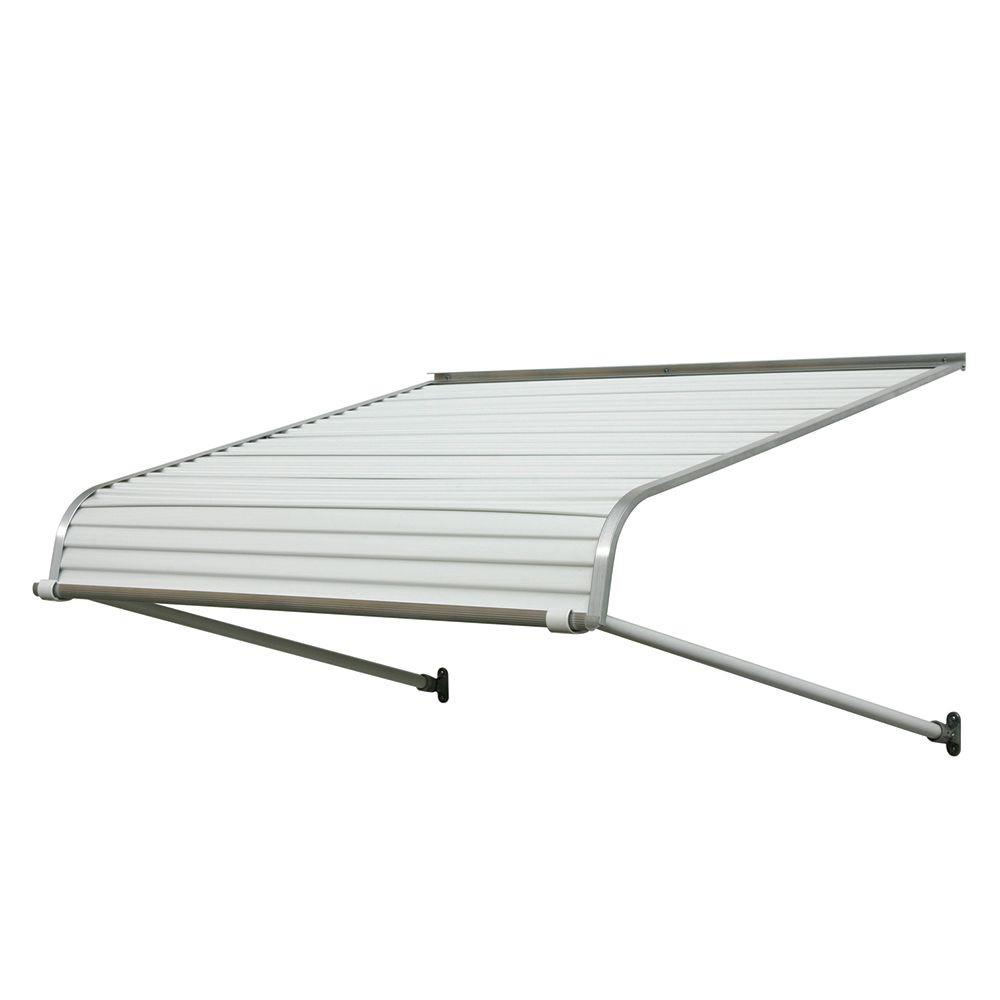The Basic Principles Of Awning Covers
Table of ContentsThe 9-Minute Rule for Awnings And CanopiesThe Only Guide to Awning SupplierThe smart Trick of Awning Manufacturers That Nobody is Talking About
844.404. 0484 Fixed & Retractable Aluminum Window Awnings Fixed & Retractable Fabric Window Awnings ==================================================================== ======================================== ======================================================================================================== ======================================================================== ======================================================================================================== ======================================================================== ======================================================================================================== ======================================================================== Fixed & Retractable Aluminum Window Awnings Fixed & Retractable Fabric Window Awnings Utilize the link boxes above to learn more on this product. Doing it yourself does not suggest doing it alone!Toll Free: 1.
Grand Hotel with numerous awnings in Toledo, Ohio An awning or overhang is a secondary covering connected to the outside wall of a building. It is usually made up of canvas woven of acrylic, cotton or polyester yarn, or vinyl laminated to polyester material that is extended securely over a light structure of aluminium, iron or steel, potentially wood or transparent material (used to cover solar thermal panels in the summer season, however that need to permit as much light as possible in the winter).

Awnings are likewise typically constructed of aluminium understucture with aluminium sheeting - awning supports. These aluminium awnings are often used when a fabric awning is not an useful application where snow load along with wind loads might be an aspect. The location of an awning on a building may be above a window, a door, or above the area along a sidewalk.
Restaurants typically utilize awnings broad enough to cover substantial outside area for outdoor dining, parties, or reception. In industrial structures, an awning is typically painted with information as to the name, service, and address, therefore serving as a indication or signboard in addition to offering shade, breaking strong winds, and securing from rain or snow.

Awnings were initially utilized by the ancient Egyptian and Syrian civilizations. They are explained as "woven mats" that shaded market stalls and houses. A Roman poet Lucretius, in 50 BC, stated "Linen-awning, extended, over mighty theatres, gives forth sometimes, a cracking roar, when much't is beaten about, betwixt the poles and cross-beams" (awning over door).
About Awning Covers
Made of linen shadecloths, wood framing, iron sockets and rope, the system could efficiently shade about one-third of the arena and seating; another 3rd might be shaded by the high surrounding walls, supplying a majority of seats some shade on a blinding afternoon. It is believed that sailors, with their background in sailmaking and rigging were utilized to construct, keep and operate the velarium.
At that time they consisted of wood or cast iron posts set along the pathway edge and connected by a front cross bar. To provide support to bigger setups, angled rafters connected the front cross bar to the structure exterior. The upper end of the canvas was connected to the exterior with nails, with grommets and hooks, or by lacing the canvas to a head rod bolted to the exterior.
On elaborate examples, metal posts were adorned with filigree and the tops decorated with spear ends, balls or other decorations. On overcast days or when rain did not threaten, the covering was often rolled up versus the building facade; during the winter season appropriate upkeep required the removal and storage of awnings.


At the exact same time the development of the steamship required canvas mills and sail makers to look for new markets. An x8 sun shelter awning industry established using an array of frame and fabric choices adaptable to both storefronts and windows. In the second half of the 19th century, produced operable awnings grew in popularity.
Awning Covers Can Be Fun For Everyone
Operable systems for both store and window awnings had extension arms that were hinged where they signed up with the exterior. awning screen. The arms were reduced to predict the awning or raised to pull back the awning using basic rope and wheel plans. Due to the fact that the canvas stayed connected to the framework, retractable awnings allowed a more flexible technique to shading (store owners and owners might incrementally change the amount of awning coverage depending upon the weather).


In case of sudden storms, owners might quickly withdraw the awning against the building wall where it was protected from wind gusts. In spite of their benefits, early operable awnings had downsides; when withdrawed, their cloth coverings often bunched up against the building facade. This left part of the fabric exposed to harsh weather, directory and deterioration was often sped up by wetness pooling in the folds of fabric.
Modern products and designs have removed all of these problems. balcony awning. Retractable awnings let owners manage the weather by themselves terms. When passing showers threaten, or when the sun gets hot, have a peek here they or the house automation system unroll the awning for near-instant defense and shade. Laboratory test measurements reveal that it can be as much as 20 degrees cooler under an awning's canopy.


An example of a modern garden awning Today's awnings come in 2 basic types: manually run designs which are opened by hand and motorized designs which run by electrical power. Each uses its own advantages. Advantages consist of affordable cost, simple adaptability to nearly any deck or patio, and assistance arms that can be angled back against the house or set vertically on the deck or outdoor patio floor.